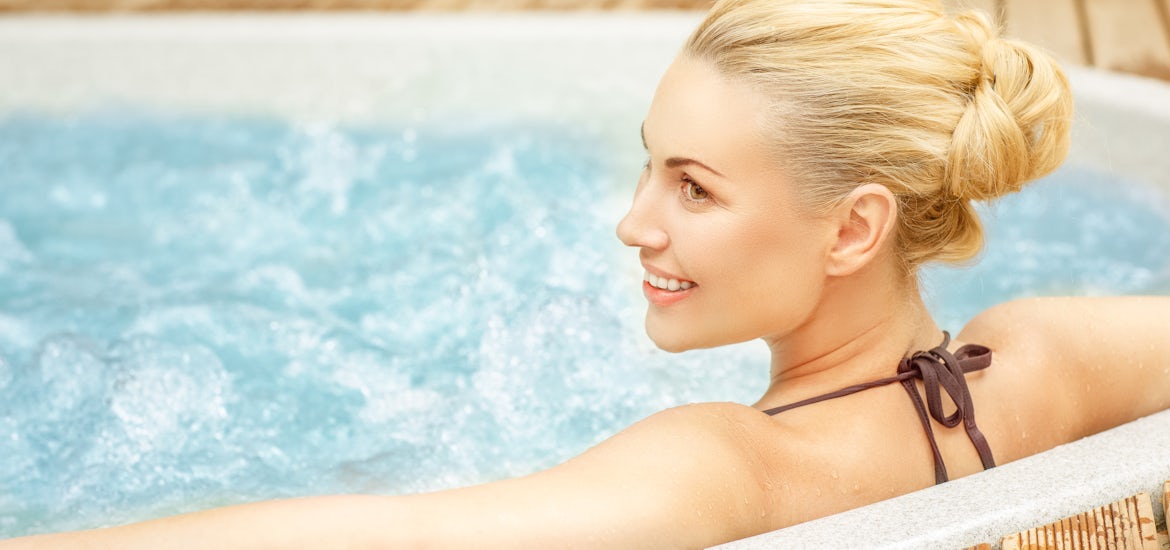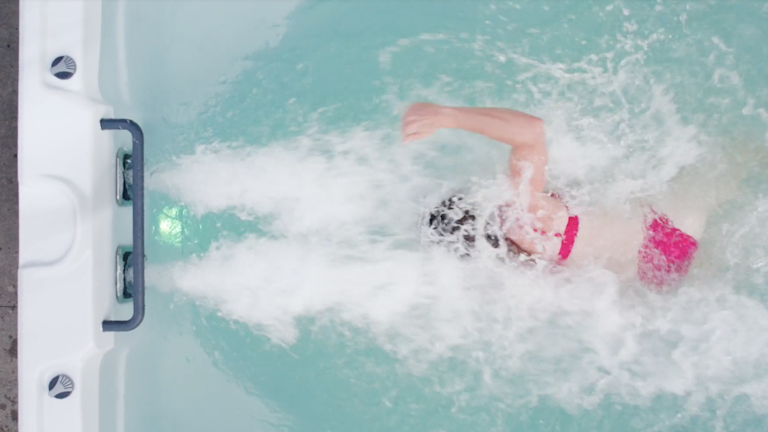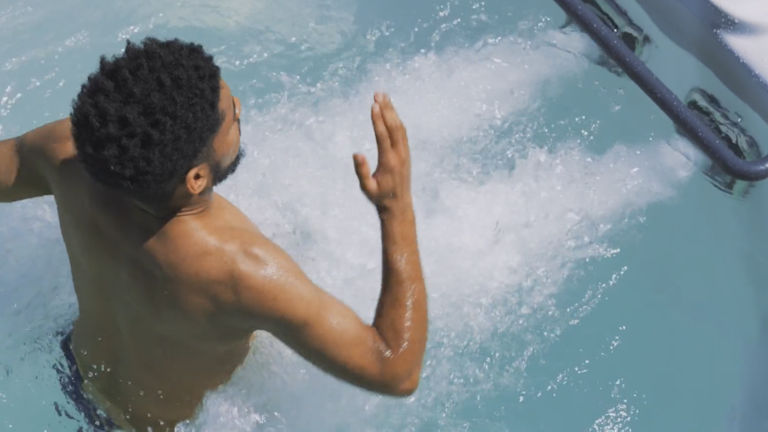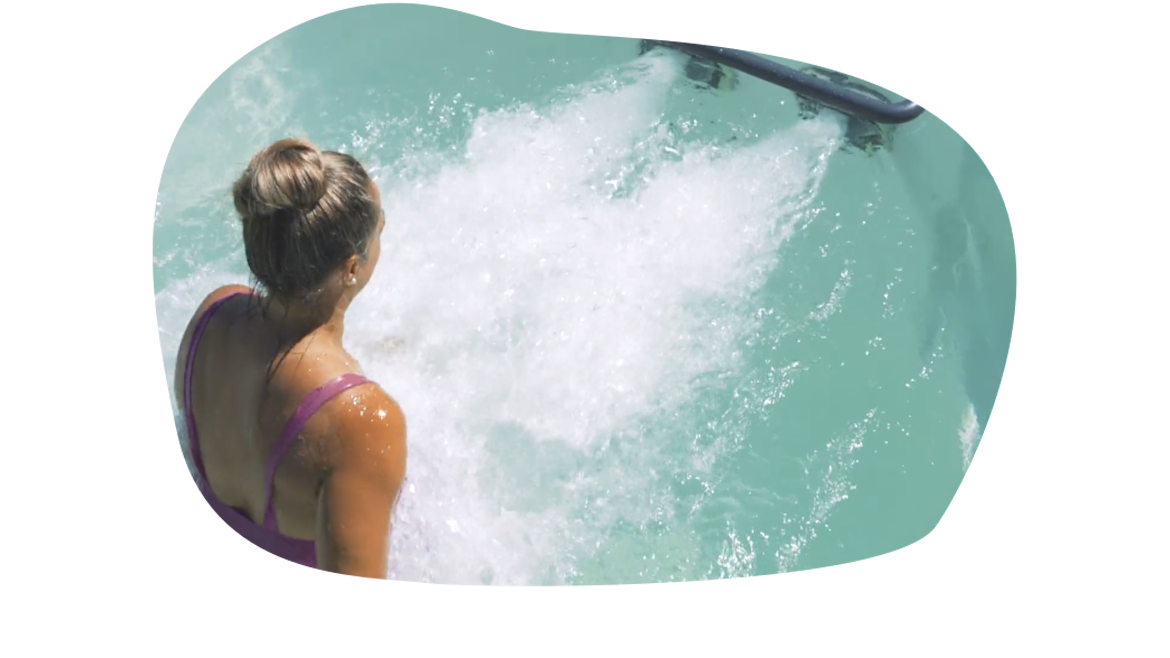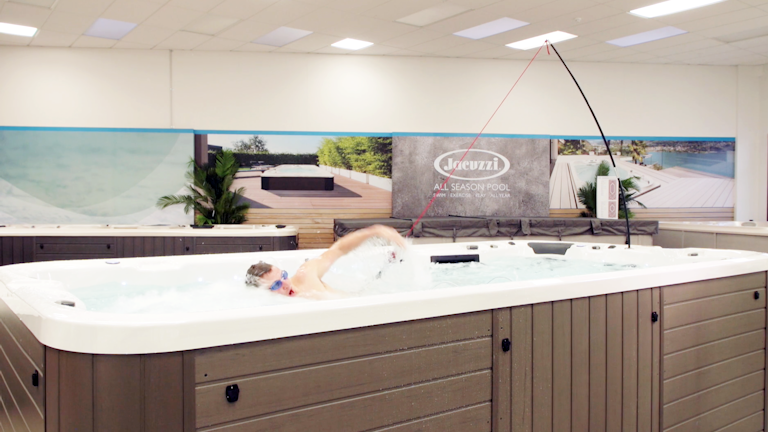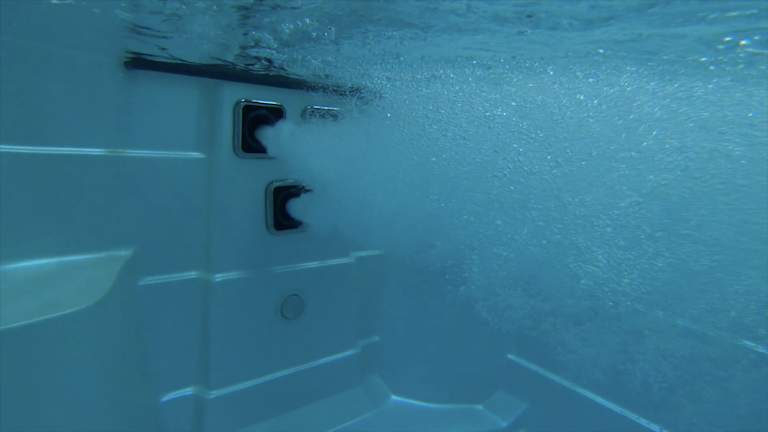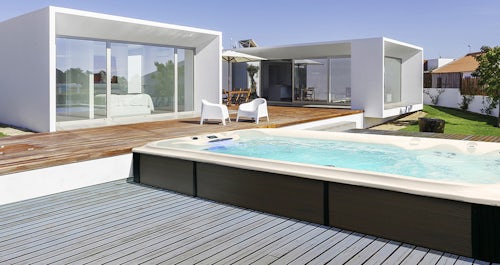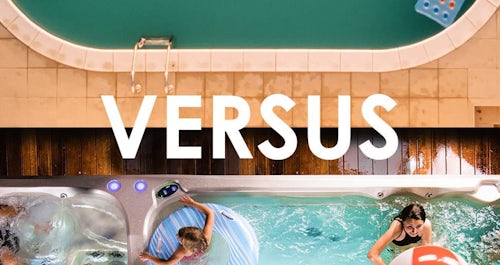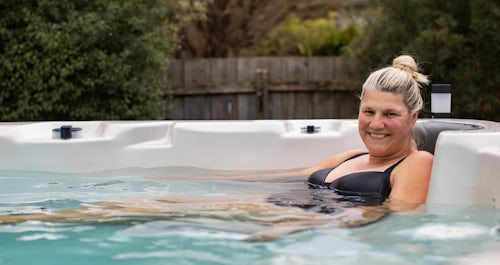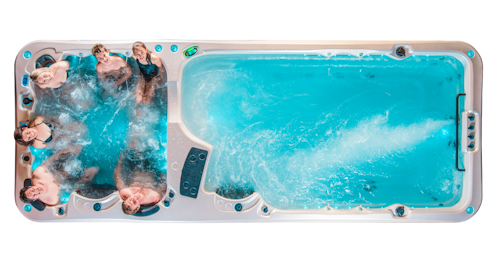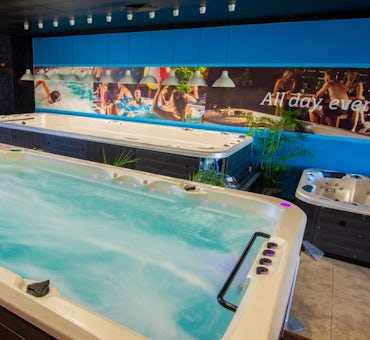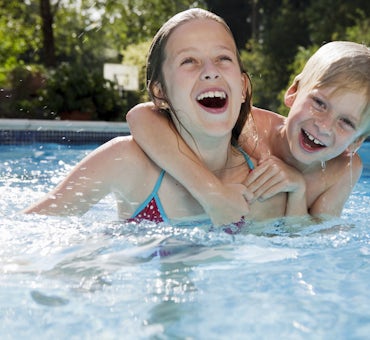Adding a swimming pool to the yard is a goal for many families, particularly during the summer months when a lot of people need a place to cool off. Along with the many health advantages, it can also make a home stand out.
However, installing a traditional swimming pool isn't always an option if you don't have a very large yard. That’s where the option of buying a swim spa or plunge pool comes in. Yes, they don’t have the size of a typical swimming pool, but these two are great sources of pure relaxation and have many health benefits, too. Not to mention you can use them to keep cool in the summer.
But which one is the best option? A swim spa or a plunge pool?
To help you decide, we’ve done the research for you. This article covers everything you should know about swim spas and plunge pools. Keep reading to learn their features, pros and cons, and how much they cost.
- What is a swim spa?
- How does a swim spa work?
- What is a plunge pool?
- How does a plunge pool work?
- What are the differences between a swim spa and a plunge pool?
- How much does it cost to have a swim spa vs a plunge pool?
- Can you use a swim spa or a plunge pool year-round?
- What are the things to consider before buying a swim spa?
- What are things to consider before getting a plunge pool?
- What are the pros and cons of a swim spa?
- What are the pros and cons of a plunge pool?
- Summary
